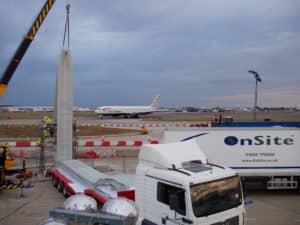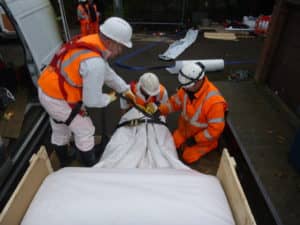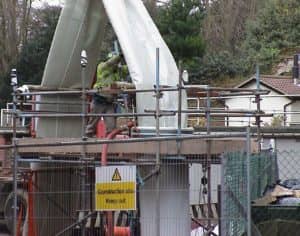OnSite have over forty years’ experience in CIPP relining, nationally and internationally. Cured in Place Pipe (CIPP) Lining is a structural “No-Dig” repair which creates a new pipe within a damaged sewer, drain or culvert. The resin impregnated liner is winched or inverted into the defective pipe, pressurised and then cured using either hot water, steam or UV lights to form a new pipe.
Recent CIPP Lining Projects
Key Features
- A tried, tested and cost effective method of structural pipe repair
- Can be installed in pipe diameters ranging from 100mm to 1500mm
- Ability to rehabilitate various pipe profile shapes
- Lengths in excess of 400m can be repaired in one installation
- Provides a continuous, corrosion proof pipe-within-a-pipe
- Minimal impact or disruption to public highways
- Small carbon footprint
Applications/Sectors
- Domestic household sewer & drains
- Water company main sewers & drains
- Culverts / piped watercourses
- Industrial plants
Benefits
- Affordability
- No excavation required
- Fast installation
- Restores pipes structural integrity
- Increases flow rates / capacity
- Water Infiltration reduction
- Root ingress prevention
Accreditations/Awards
- WRC approved
- United Kingdom Society for Trenchless Technology (UKSTT) – Renovation Award: Small Project Winner 2011
- International Society for Trenchless Technology (ISTT) – No-Dig Award: Best Product 2009
- South Staffordshire PLC – Outstanding Performance Award: Best Product 2009
- Severn Trent Water – Engineering Awards: Sewerage Category Winner 2006
Complimentary Services
- Robotic cutting – OnSite’s industry leading remote controlled precision cutting equipment is used within sewers for many critical purposes including:
- Lateral connections – Preparation and trimming of intruding laterals and re-opening of lateral connections to restore connectivity and flow post lining.
- Cutting/removal operations – of obstructions within pipelines eg foreign objects exposed gaskets, protruding laterals, calcite deposits, residue grout/cement products, and roots.





